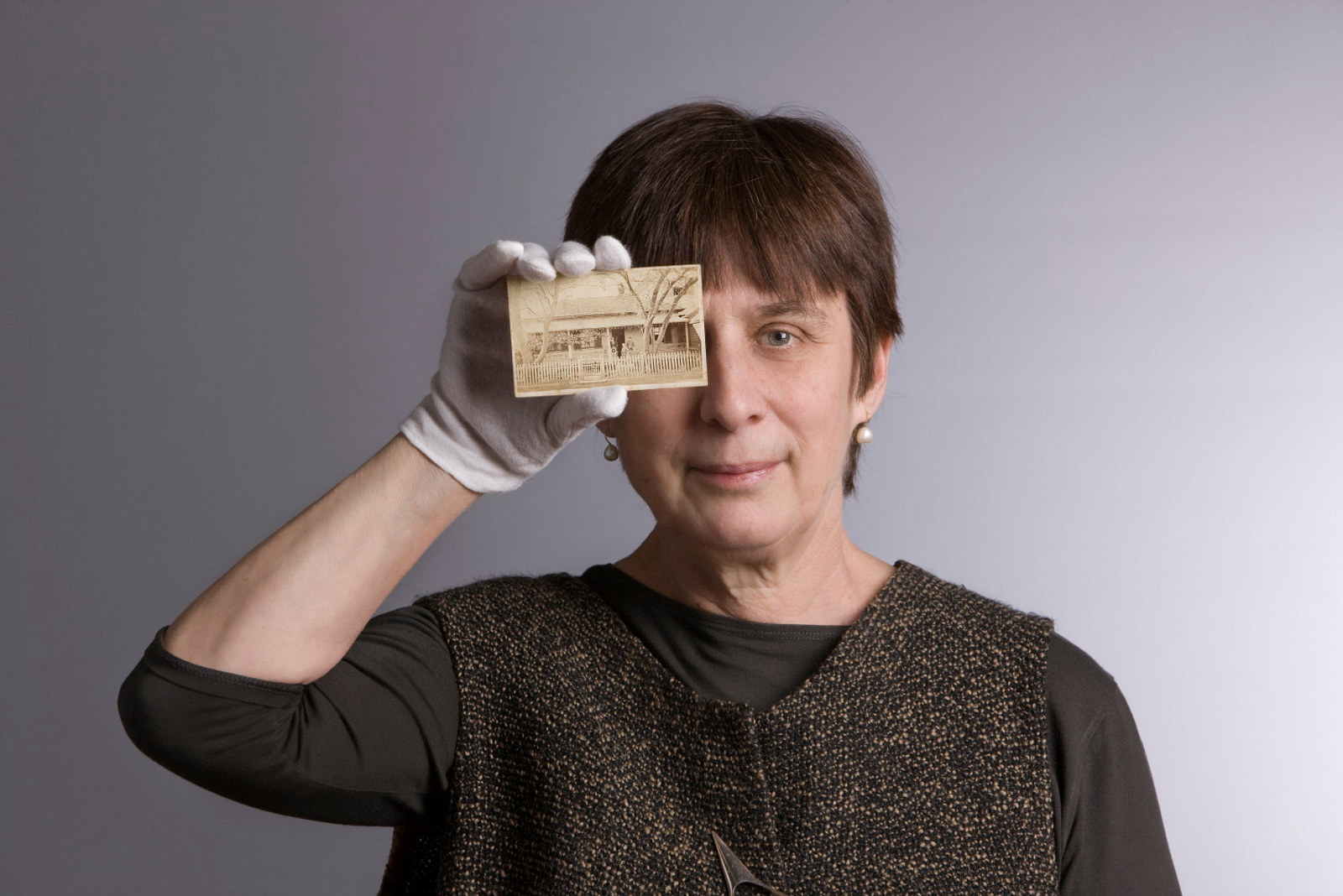Battlefield tour, March 1920
In March 1920 a young Australian woman named Dora Walford (1895–1972), travelling in Europe with her husband, toured the French battlefields of the Western Front.
Their intent was to visit the grave of Dora’s brother-in-law Captain Owen Dibbs of the 45th Battalion AIF. He was killed in action on 1 April 1918 and buried in the Millencourt Cemetery Extension, near Albert. Dora kept a diary of the trip. She records that they set out from Paris by train on the morning of 28 March and saw the first signs of war about an hour into their journey, around Reims: ‘terrible awful destruction’. They then ‘went out over the Champagne district and into the German lines for miles’ until they came to the battlefield of Somme-Py, ‘quite desolate and terrible’. It was there that they saw a skull of a man ‘shot clear through the forehead’. The next day they travelled along the Verdun Road and visited a large cemetery: ‘practically all French who died of wounds’. Then on to Fort Vaux. Dora wrote: ‘Never could I describe what we saw – shell holes galore – the ground positively churned up and all the topsoil underneath – human bones, clothing, guns & everything strewn around. The trees all gone, whole villages completely disappeared, everywhere blackened stumps of trees – crosses & desolation & cemeteries’.
On the third day they went through the Somme district and Abbeville. On the last day of March they went to Albert and found Owen Dibbs’s grave. They took photographs, ‘but none came out, shutter in camera not working’.
Published on
More
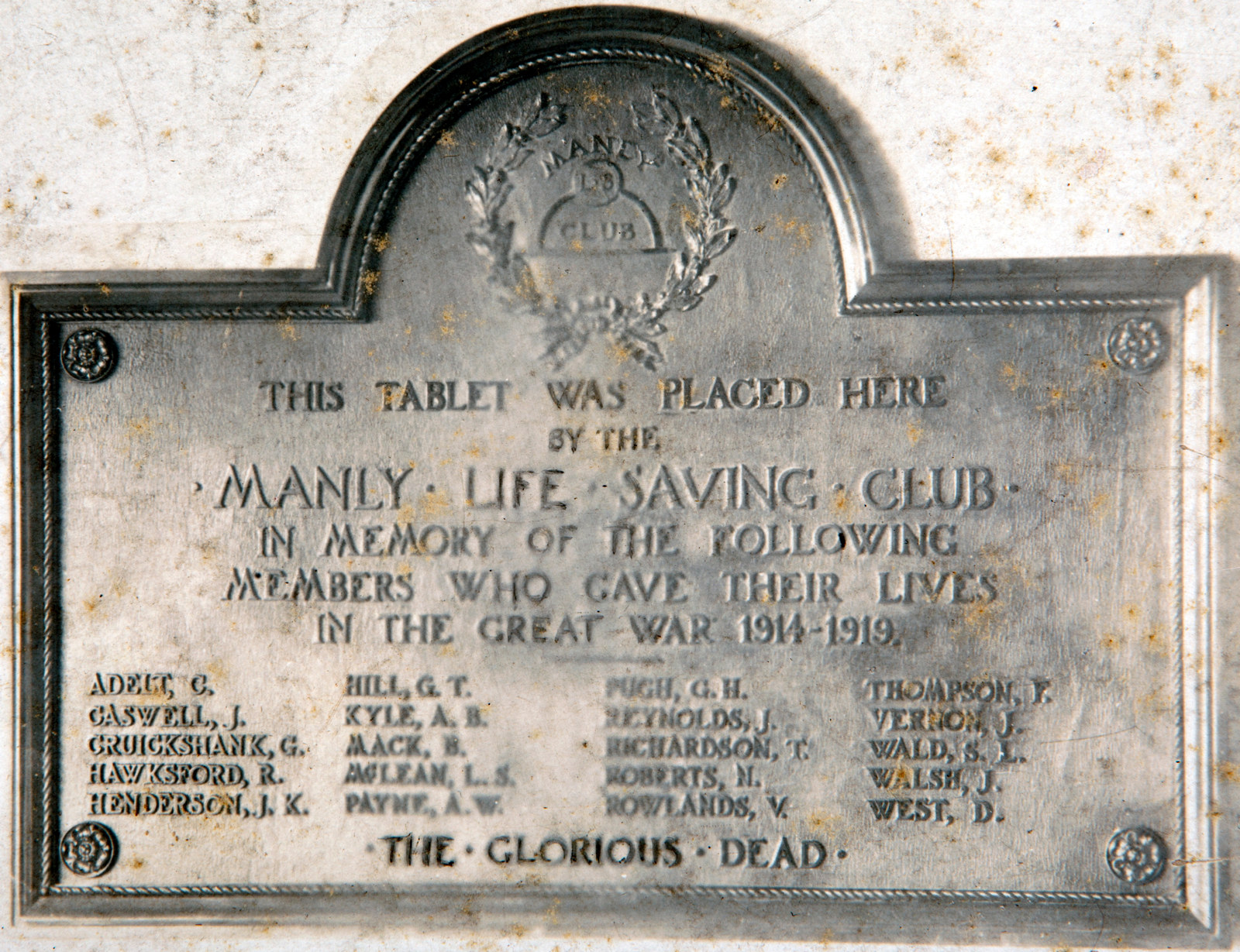
WW1
Commemoration
Hear the poignant personal stories behind battlefield grave markers in Egypt, France and Gallipoli, as well as the stories behind workplace honour rolls, one of the most common, but often hidden, forms of war memorial in Australia
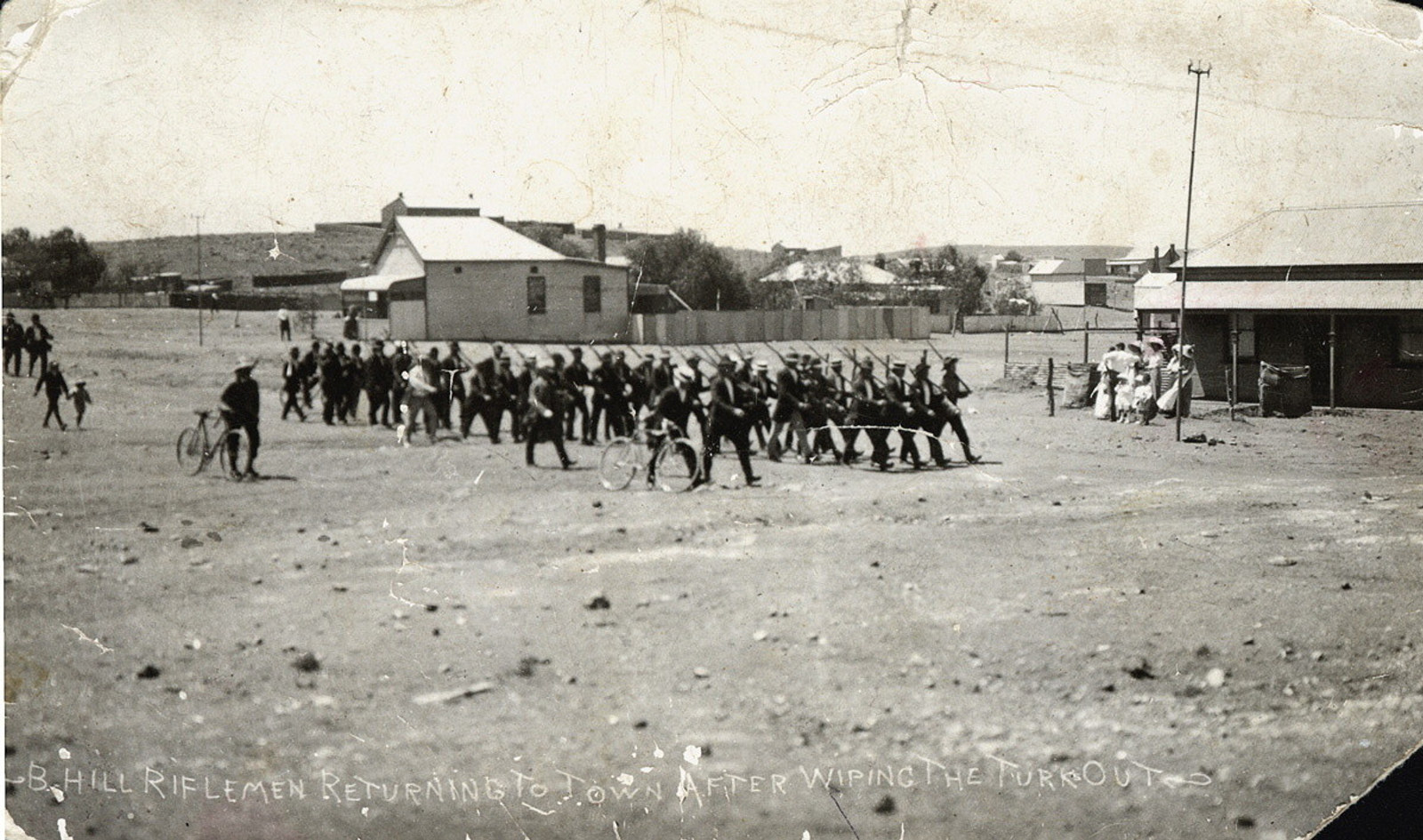
WW1
Enemy Within?
These stories explore the threat to Australia from within, from the identification of a section of the population as ‘enemy aliens’ to the formation of the jingoistic Anti-German League, and the radical ideology and activities of the Industrial Workers of the World (IWW)
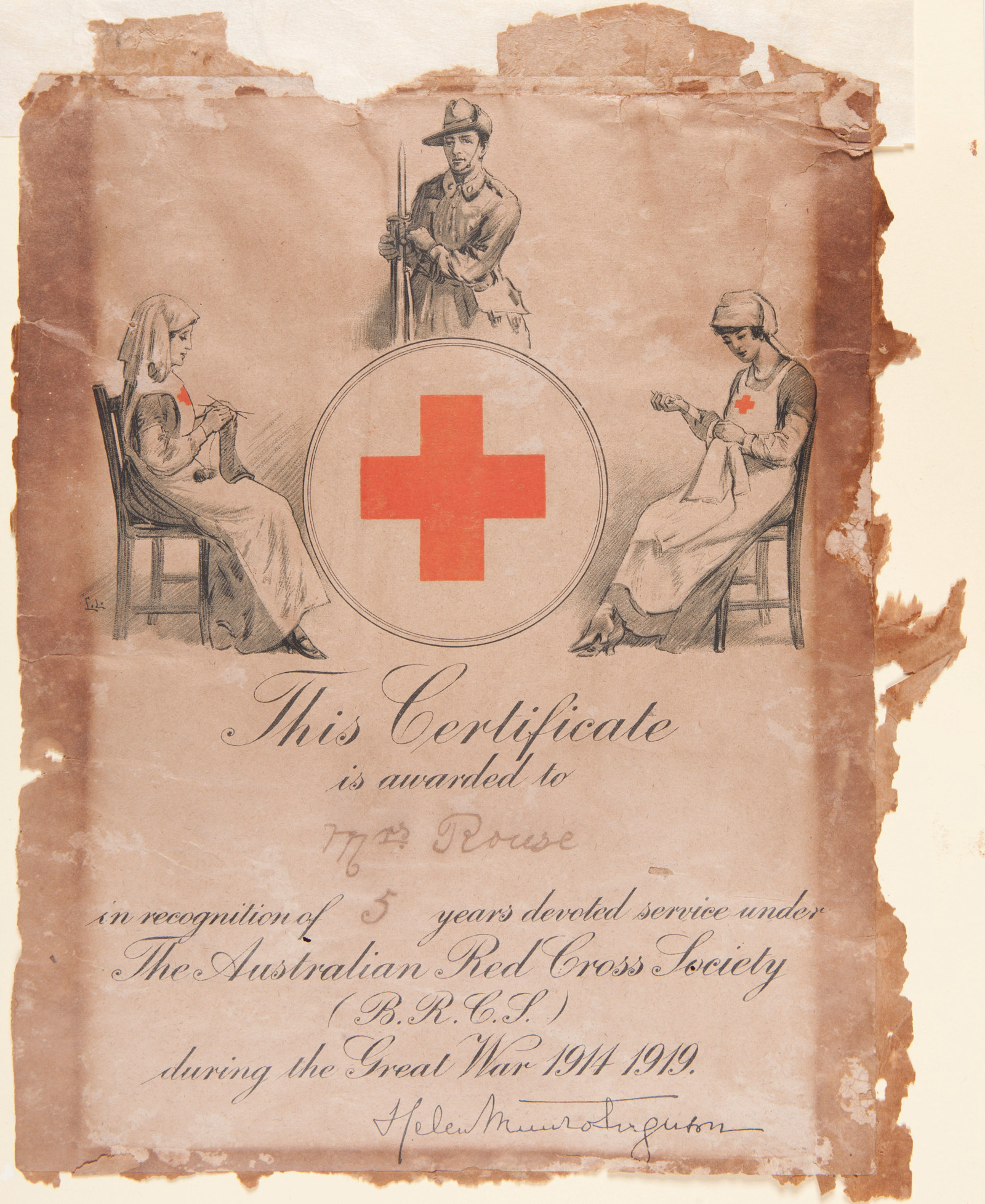
WW1
Home Front
As the war stretched on, thousands of women at home in Australia supported the war effort by volunteering for patriotic fundraising activities
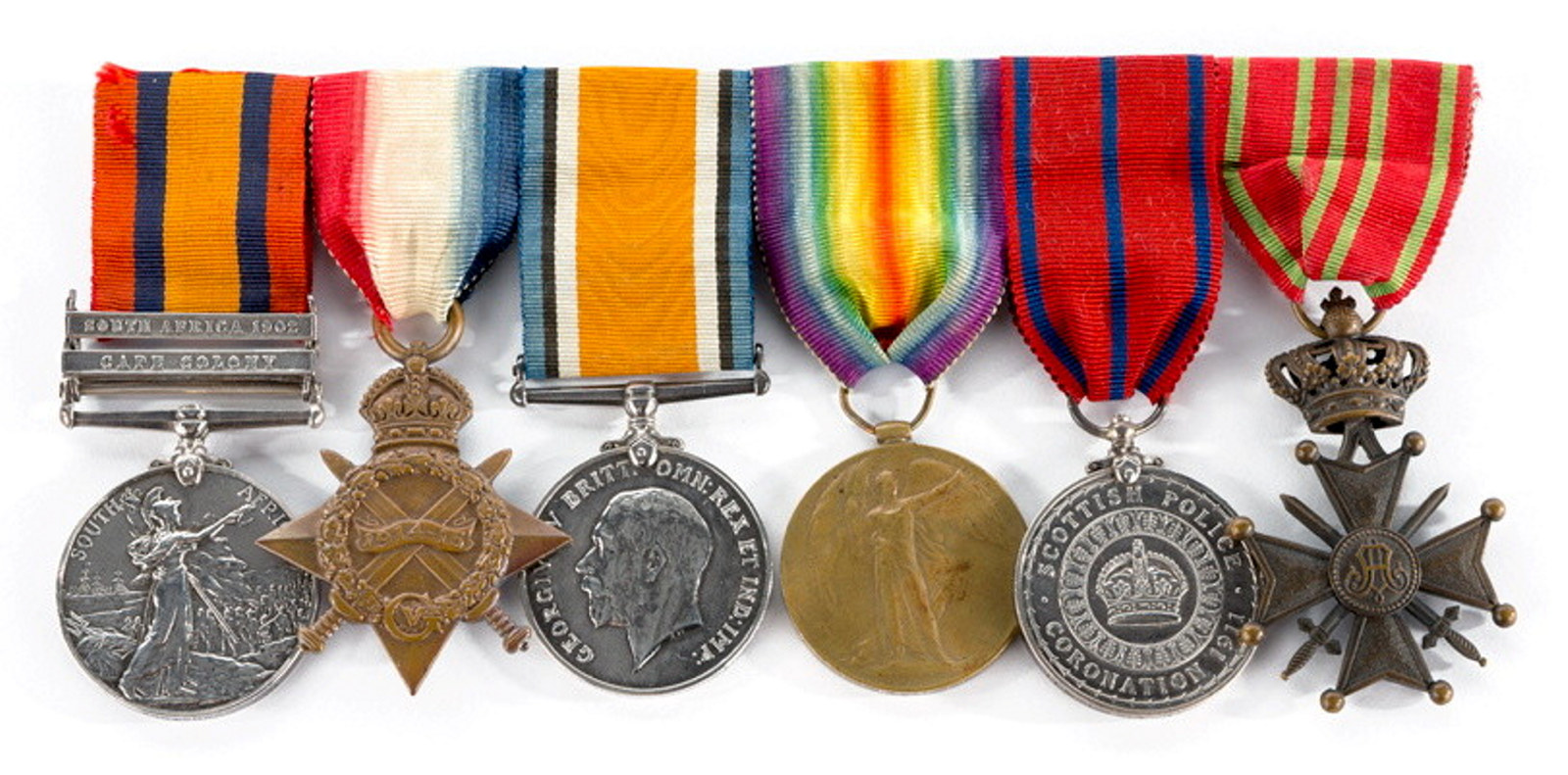
WW1
War Service
From the shores of Gallipoli to the sprawling Western Front, the stories told here reveal the powerful war experiences of ordinary soldiers. Some were decorated for bravery in the field, while others made the ultimate sacrifice
